Вы здесь
Historical complex Tekturmas.
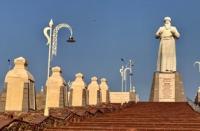
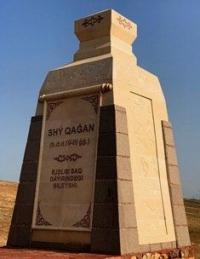
Weekend tours in Taraz.
“… Arrived in the city of Ta-lo-se, which has 8 or 9 li in a circle. Merchants from different countries live and trade here alternately."
Xi'an monk Xuan-Jiang.
“More than a hundred horsemen rode out and galloped back and forth against the wall. About two hundred infantry, lined up on either side of the gate, marched in a formation shaped like fish scales. The people on the wall challenged the Chinese army one by one, shouting, "Come out and fight!"
Chen Tang. History of the Early Han Dynasty.
The best photos of Taraz.
A grandiose monument to Khan Karakhan, nicknamed "Aulie-Ata", appeared in the Tekturmas complex located in the southwestern outskirts of the town. The architectural complex Tekturmas in Taraz is an ancient cult place located in the southeastern part of the town on the right bank of the Talas River, on the site of the oldest Zoroastrian cemetery (VII - XI centuries).
The name of the architectural complex "Tekturmas" is translated as: "the mountain is not just standing." In 1935, the Tekturmas architectural complex adorning the bank of the Talas River was destroyed. To date, the complex has been restored according to the medieval type.
The originally erected structures of the architectural complex have not survived. The mausoleum is an architectural monument of the XIV century. It is he who is considered the burial place of Sultan Mahmudkhan.
According to one version, he was a local saint, and according to another - the commander-in-chief of the Karakhanid troops. Sultan Mahmudkhan made a huge contribution to the spread of Islam. There is no exact data on the date of the construction of the mausoleum.
The photographs taken at the beginning of the twentieth century, as well as the surviving remains of the architectural monument, made it possible to determine the planning structure of the Tekturmas complex as a group consisting of three buildings constructed in stages.
The earliest and most important building was a square in plan, single-chamber and domed kiosk with a centric composition. Its walls were unloaded with huge lancet niches located along the axes of the building, cut through by window and doorways.
The corners, processed with vertical bevels, gave the building dynamism and harmony. The spherical dome was topped with a cubba. After a while, a domed brick volume was added to the southern wall of the mausoleum.
The third small portal-domed structure was the building adjacent to the southeastern corner of the annex. From the hill where the mausoleum stands, a view of the city of Taraz spread out below opens. The impression is enhanced by the picturesque Talas River, which gave the name to the ancient town.
Geographic coordinates of the Tekturmas complex in Taraz: N42 ° 53'01.43 "E71 ° 25'02.89"
Chronicle of the town of Taraz.
Ist century.
The foundation was laid for the ancient town of Taraz ..
IInd century.
The state of Usuns was formed.
VI - VIII centuries.
The Syrdarya and Tien-Shan routes of the Great Silk Road passing through Taraz were formed.
Taraz became the political center of the Western Turkic Kaganate.
The ambassador of Byzantium Zemarch arrived in Taraz.
VIII - IX centuries.
The Turgesh Kaganate was formed, the horde of which was Taraz.
In the town of Atlah, near Taraz, there was a bloody war with the Chinese army, which was completely defeated.
The Karluk Kaganate was created, with the center - Taraz.
X - XII centuries.
The Karakhanid state was formed.
Taraz became the political and spiritual center of the Karakhanid state.
An intensive development of education, science, culture and art began in Taraz.
Tarazi is recognized by the world.
The Karakhanids proclaimed Islam as the state religion.
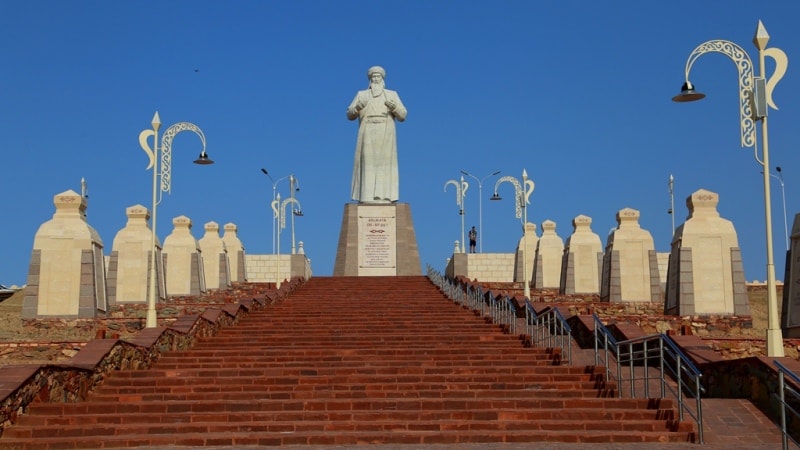

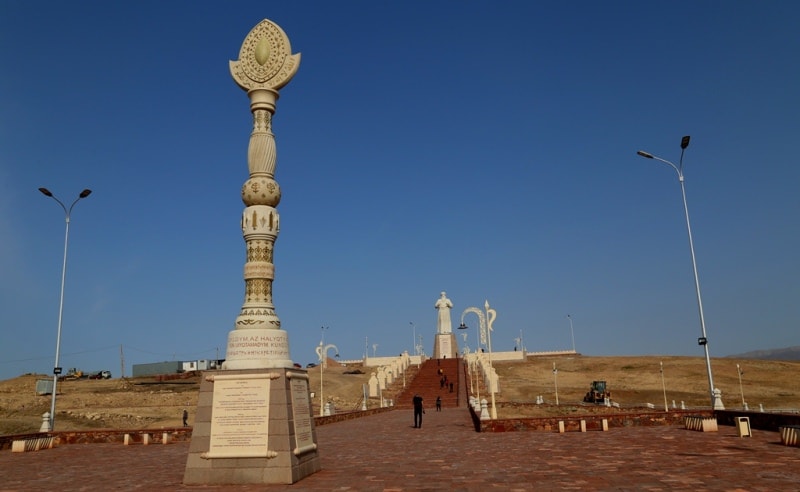
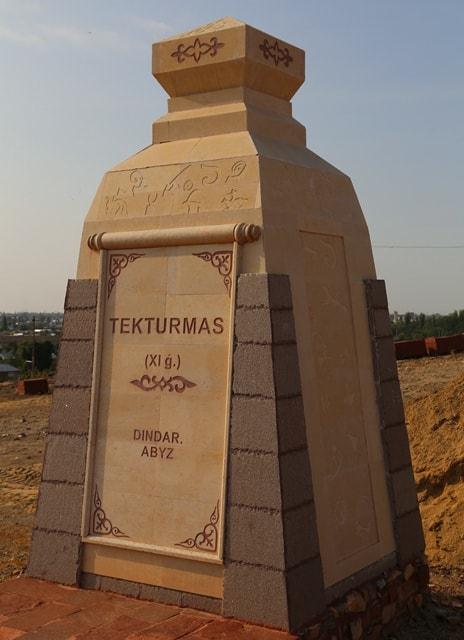

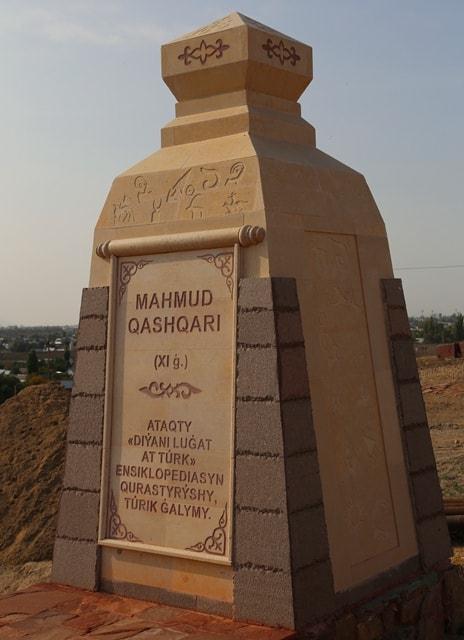
Authority:
https://ru.wikipedia.org/wiki
Photos by
Alexander Petrov.







